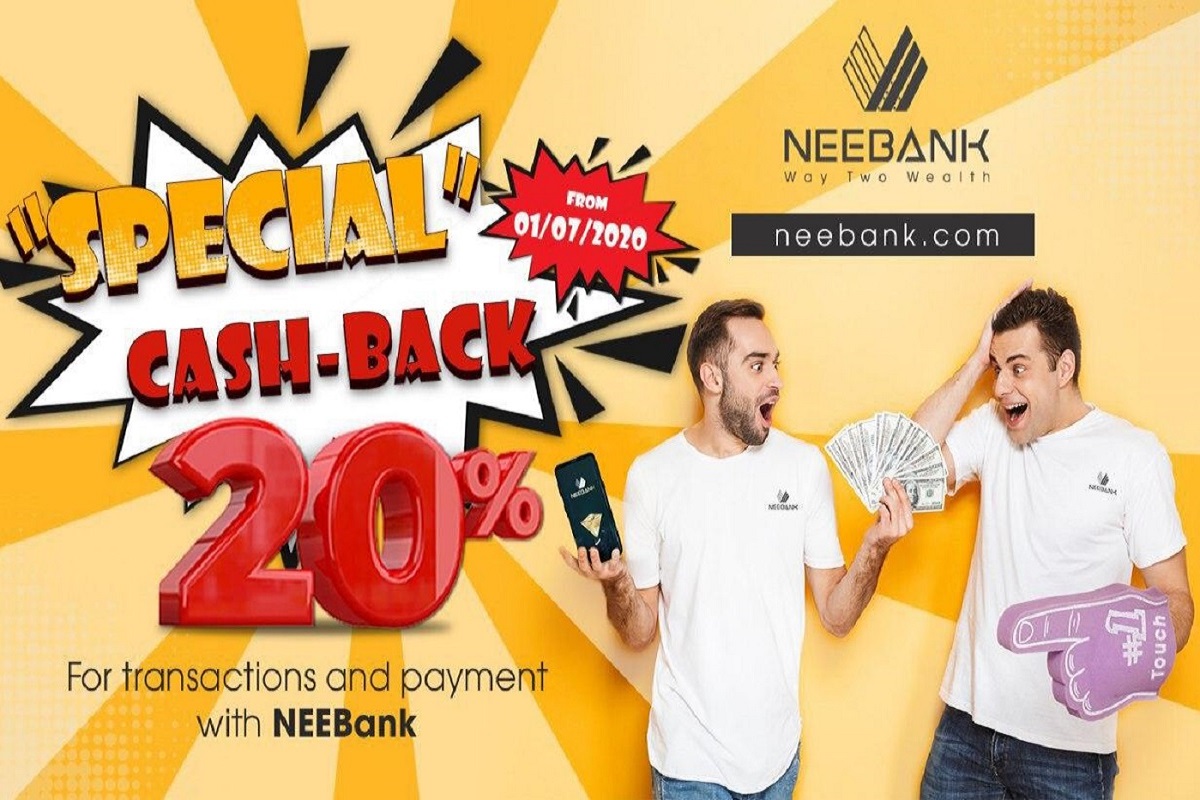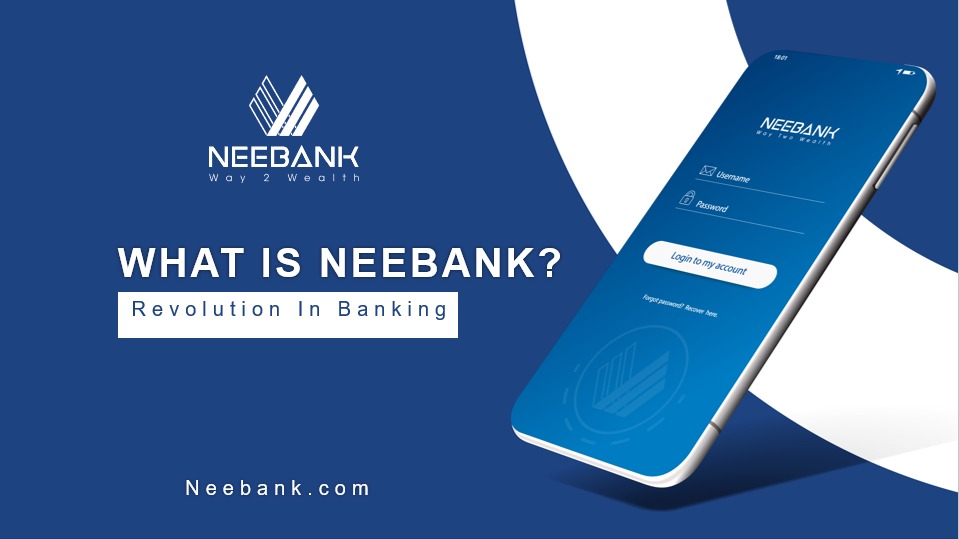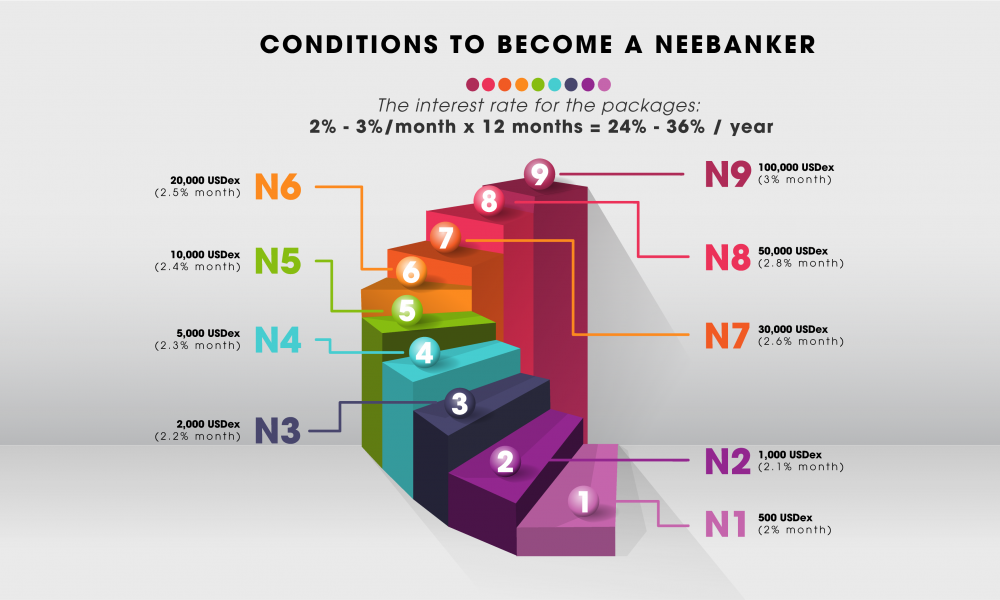
THE RISE OF THE INVISIBLE BANK
Digital banking will become less visible because it will be embedded in other daily activities with the help of AI, voice interfaces and other emerging technologies.
Digital banking technologies — including artificial intelligence, analytics, personal financial management software, internet of things, voice banking, banking as a service and fintech innovation — are converging toward one end goal: invisible banking.
This is banking you don’t have to think about. You tap to pay. You drive out of a parking lot and the car pays the parking fee. You tell the bank you’re saving for your daughter’s college tuition and money is automatically moved from your checking account to a special tuition savings account at appropriate intervals. You’re offered a loan or a discount at the moment you need it, at the time you’re making a purchase.
In five years, banking will be behind the scenes, embedded in everyday activities.
“You want to get all the hassle away, so banking is becoming invisible,” said Benoit Legrand, chief innovation officer at ING.
That change will not be overnight, but the seeds of it are already sprouting in a number of different areas:
Table of contents
Internet of things

The internet of things has long been promised as the next tech breakthrough, although many efforts — such as Google Glass — have fallen short. Yet wearable devices appear to be gaining ground again (Amazon is launching its own version of tech-enabled eyewear that can access Alexa along with a ring that does the same), and promise to make banking and money movement seamless.
By 2025, Alan McIntyre, senior managing director for banking at Accenture, expects payments to move completely away from cards and phones toward wearables and biometrics.
“Whether it is tapping a ring that you wear or facial recognition, the payment will become more seamless,” he said. “The idea of taking the card out of the wallet will seem archaic. What you think of as transactional banking will disappear.”
Voice banking

Alongside those changes with wearable tech, payments, on-demand loans, and other banking activities will increasingly be done by talking to Siri, Alexa, or a car or phone app.
“When you think about the world and how we’ll access banking services, we’ll talk to Alexa and Siri and get financial information,” said Brett King, futurist, author and founder of Moven. “We might use smart glasses from Facebook and Apple. Those operating systems will be the gatekeepers for the way we connect to core banking utility.”
King has long espoused the idea of one digital assistant to rule them all. The virtual assistant providers have started to show a willingness to interoperate. In late December, Amazon, Apple, Google, and Zigbee Alliance formed a working group to develop an open standard for smart home devices.
Financial wellness
The personal financial management aspect of digital banking also appears on track to be more seamless and effortless in five years.
Kristen Berman, a behavioral scientist and co-founder of Irrational Labs and Common Cents Lab, a Duke University initiative dedicated to improving the financial well-being for low- to middle-income Americans, said that the overarching trends in money have had mixed results for financial wellness.
“It’s wonderful for people to have access to money, and decreasing the amount of time ACH payments will take us is good,” she said.
At the same time, it’s easier for people to rapidly spend the money in their accounts, she said.
To cope with this, many PFM or financial wellness apps try to show people where their money is going through visuals like pie charts and traffic lights, so they can start to see where they might be spending too much on going out to dinner or on coffee at Starbucks.
Banking as a service, APIs and fintech partnerships

For years, banks and fintechs have sparred over control of customer data, with each side blaming the other as either purposely holding up sharing to keep a competitive advantage or encouraging customers to engage in unsafe behavior to allow access to bank accounts.
But banks and fintechs are increasingly using application programming interfaces to share information.
Banks are also striking deals with companies to offer banking-as-a-service, which can allow third parties to offer banking products without actually becoming a bank.
Phillip Rosen, CEO of the fintech Even Financial, said that such interactions are the hallmark of the future in which banking becomes embedded in other activities.
Even Financial has a network that connects about 40 financial services firms, including Marcus by Goldman Sachs, American Express, nbkc bank, Social Finance, LendingClub, Prosper, Upgrade and Avant, with consumer sites like the Penny Hoarder, the SmartWallet and ClarityMoney through APIs. Consumers searching for a product not only get an offer suitable to them; they can fully apply for the product right then and there.
 Why Should Businesses Accept Money 4.0 Now?
Why Should Businesses Accept Money 4.0 Now?





